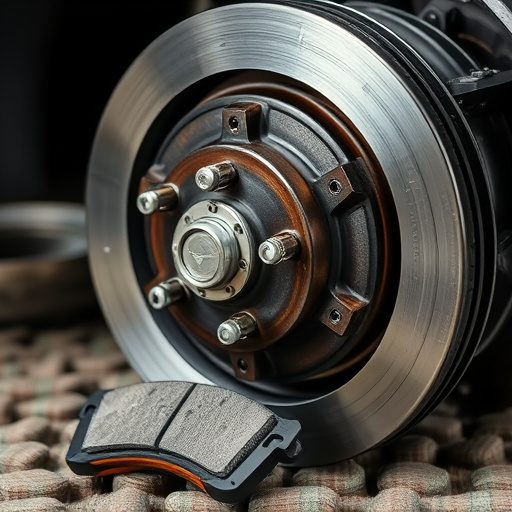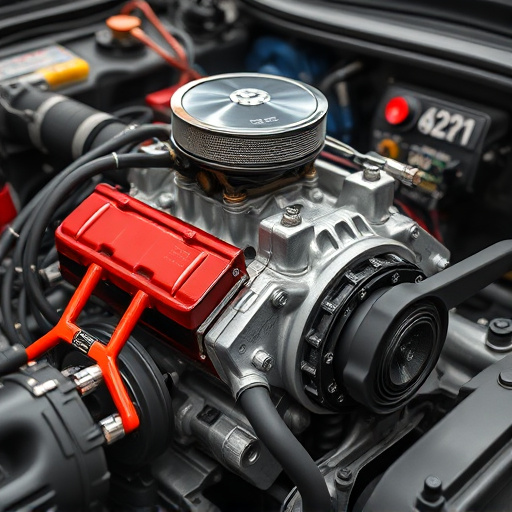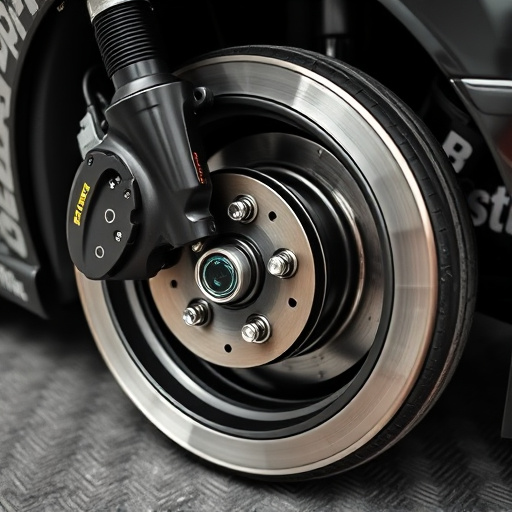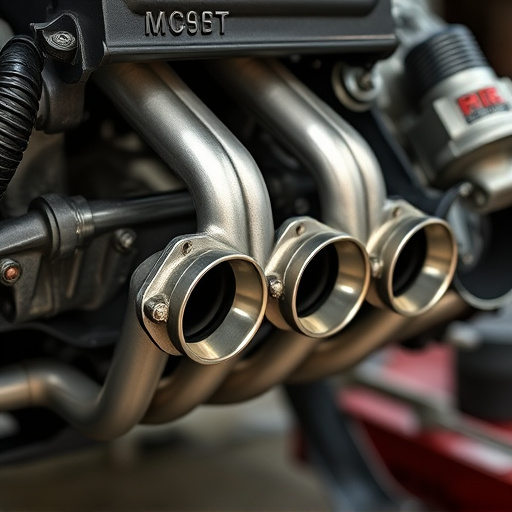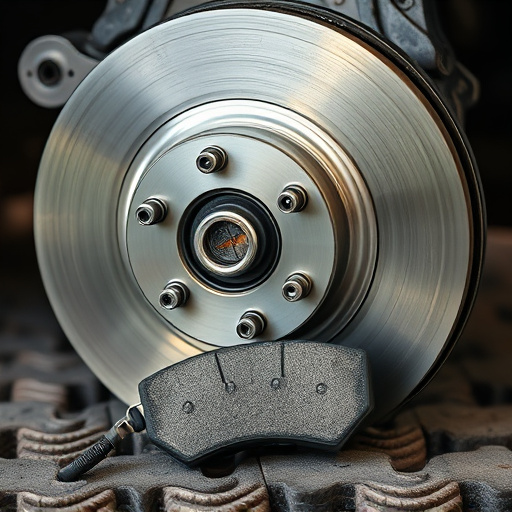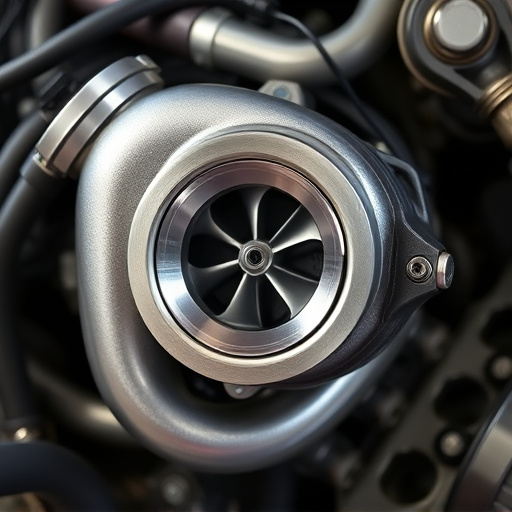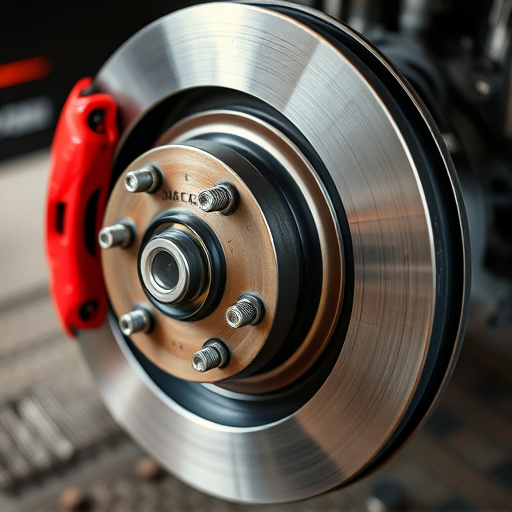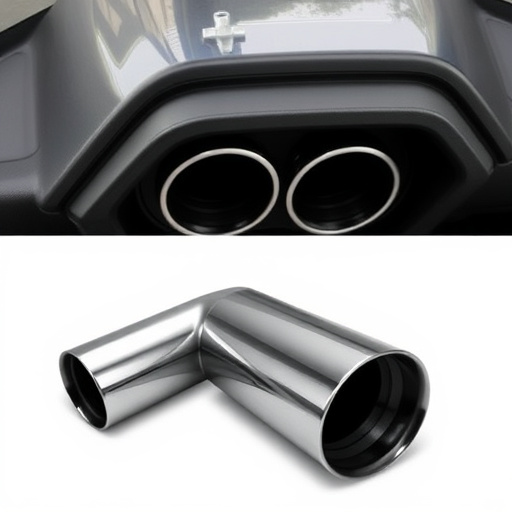Proper exhaust systems for cars installation is key to performance and safety. Match components to vehicle specifics, ensure tools and parts are ready, and follow detailed processes. Complementary upgrades to suspension and brakes enhance overall driving experience. Secure assembly, accurate marking, and tight connections guarantee optimal results.
Looking to enhance your vehicle’s performance with a new exhaust system? This comprehensive guide will walk you through the process, from understanding your car’s existing setup to installing a replacement. We’ll break down the necessary tools and parts, and provide a step-by-step installation tutorial, ensuring a smooth transition. Learn how to upgrade your exhaust systems for cars efficiently and safely, enhancing both sound and power.
- Understanding Your Vehicle's Exhaust System
- Gathering Necessary Tools and Parts
- Step-by-Step Installation Guide
Understanding Your Vehicle's Exhaust System
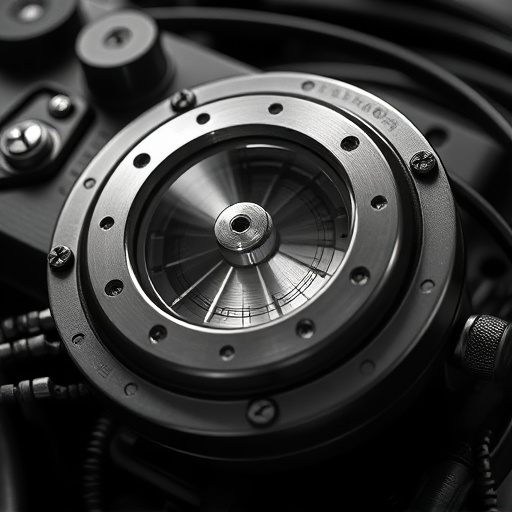
Every car’s exhaust system plays a vital role in its overall performance and efficiency. Understanding this intricate network is key to any DIY installation project. The primary components include the catalytic converter, muffler, and headers (or midpipes), working together to expel burned gases from the engine safely. These parts are designed to minimize noise pollution while allowing for optimal gas flow.
When considering a new exhaust system, whether it’s a cat-back exhaust or a complete replacement, you must match the components with your vehicle’s specific requirements. Factors like engine type, year, and make determine compatibility. Always check if the new system aligns with your car’s air intake systems for seamless integration. Moreover, ensure proper installation, focusing on the brake pads and other safety features, to avoid any potential hazards or compromises in performance.
Gathering Necessary Tools and Parts
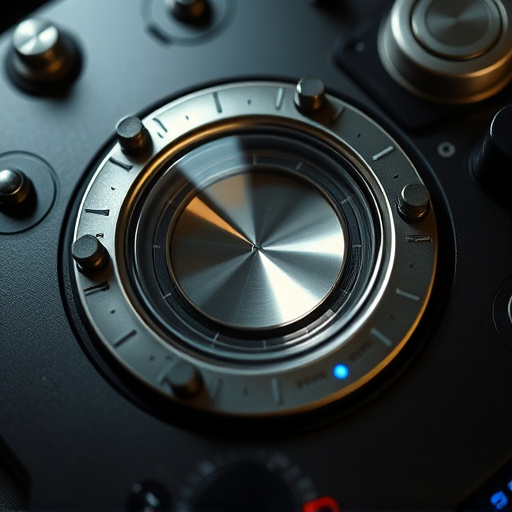
Before beginning the installation process, it’s crucial to gather all the necessary tools and parts for your new exhaust system. This includes a range of specialized tools such as wrenches, socket sets, and torque wrenches, which are essential for safely securing components. Additionally, you’ll require specific parts tailored to your vehicle’s make and model, such as headers, mufflers, and exhaust pipes, ensuring compatibility and optimal performance with your car’s engine.
When equipping your vehicle with an upgraded exhaust system, consider enhancing other critical components like coilover kits for precise handling or upgrading brake components, including high-performance brakes, to match the improved dynamics of the new exhaust. These modifications work in harmony to transform your driving experience, offering enhanced control and a more responsive vehicle.
Step-by-Step Installation Guide
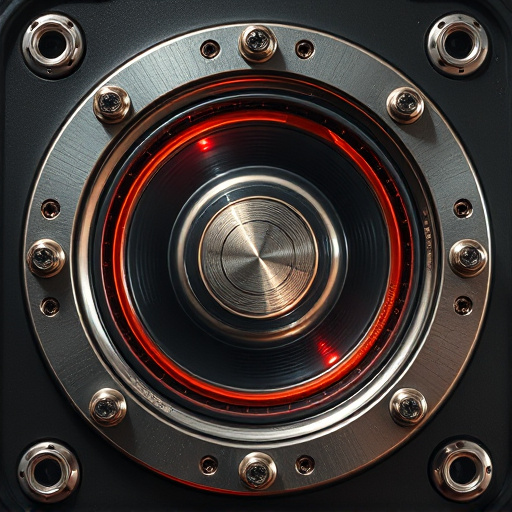
Installing a new exhaust system can significantly enhance your vehicle’s performance and sound. Here’s a step-by-step guide to walk you through the process. Begin by preparing your workspace, ensuring ample room for the project. Next, locate and secure access to the exhaust system components under your car. Start by removing the old exhaust system, carefully detaching all pipes and hangers using specialized tools. Once freed, set these aside for proper disposal or recycling.
With the old system cleared, measure and mark the new exhaust system’s placement, considering any modifications required for fitment. Use a jack and sturdy stands to safely lift your vehicle and gain access to the underside. Attach the new exhaust pipes according to the manufacturer’s instructions, ensuring a secure fit with all necessary hangers and clamps. Connect the air intake systems and cold air intakes (if applicable) following their respective guidelines. Verify all connections are tight, double-checking suspension components for any potential interference.
Installing a new exhaust system is a complex but rewarding task that can enhance your vehicle’s performance, reduce noise pollution, and improve overall driving experience. By understanding your car’s specific exhaust requirements, assembling the right tools and parts, and following a detailed installation guide, you can successfully navigate this process. Remember, proper knowledge and careful execution are key to achieving optimal results with your new exhaust systems for cars.

